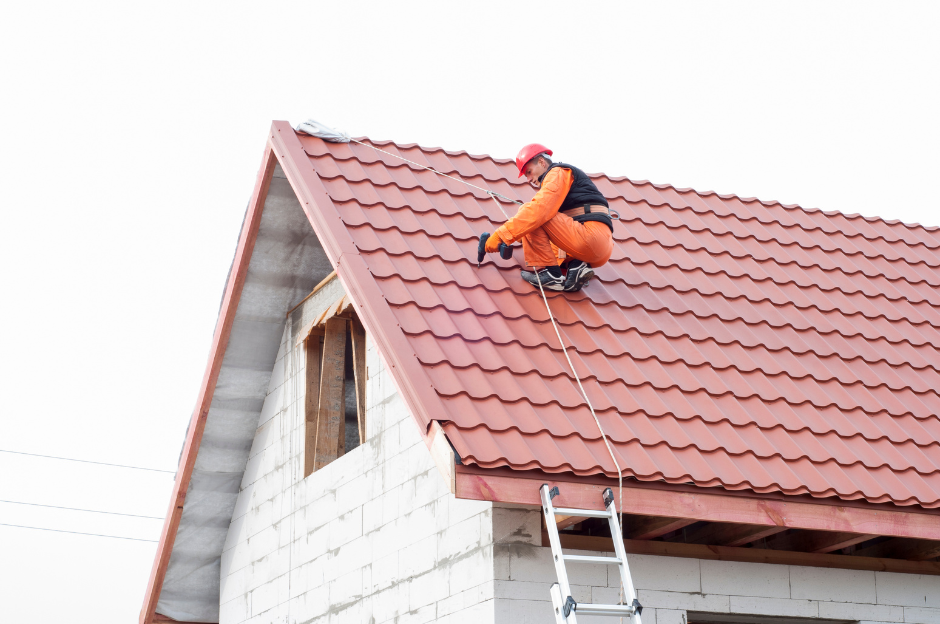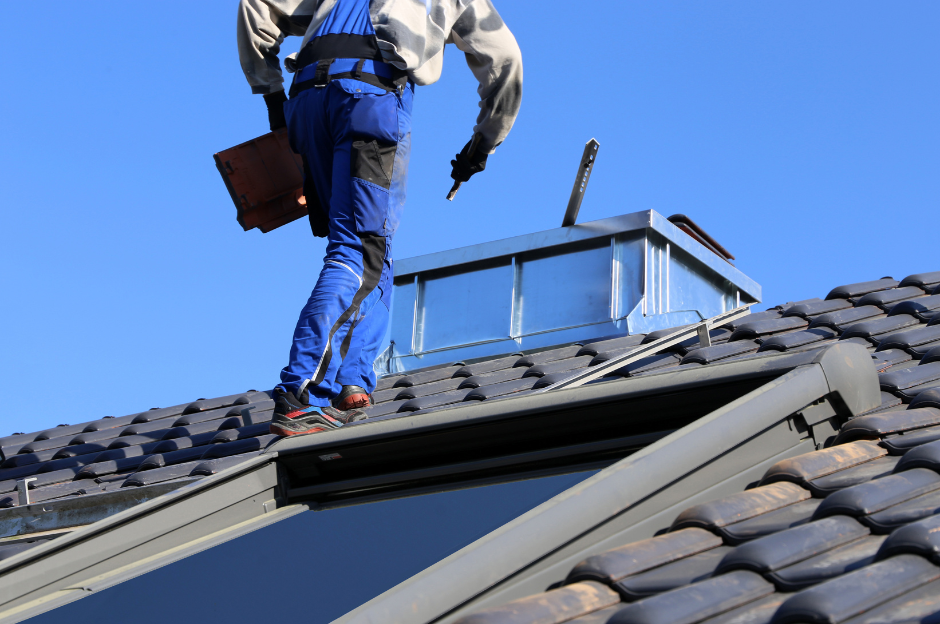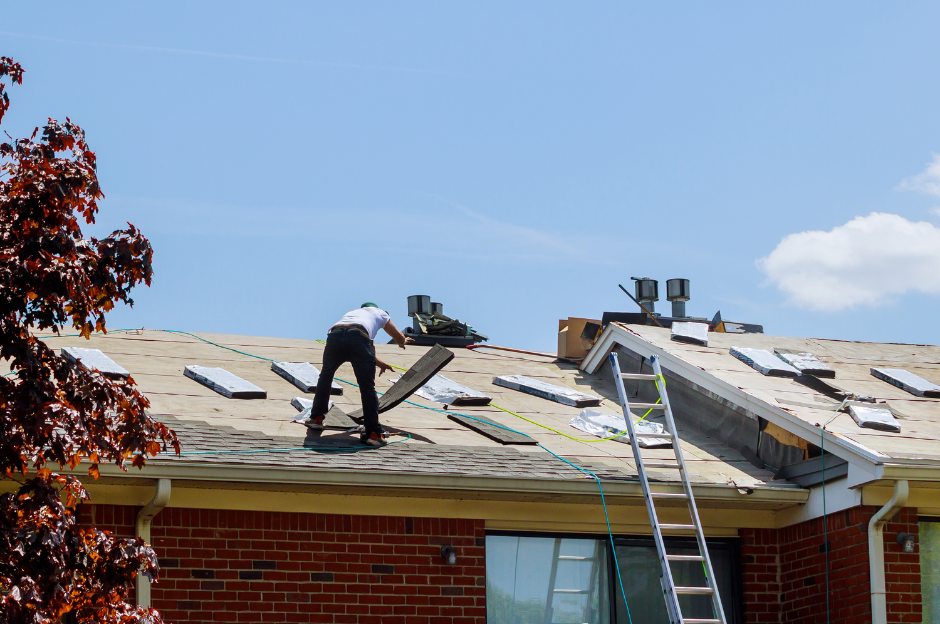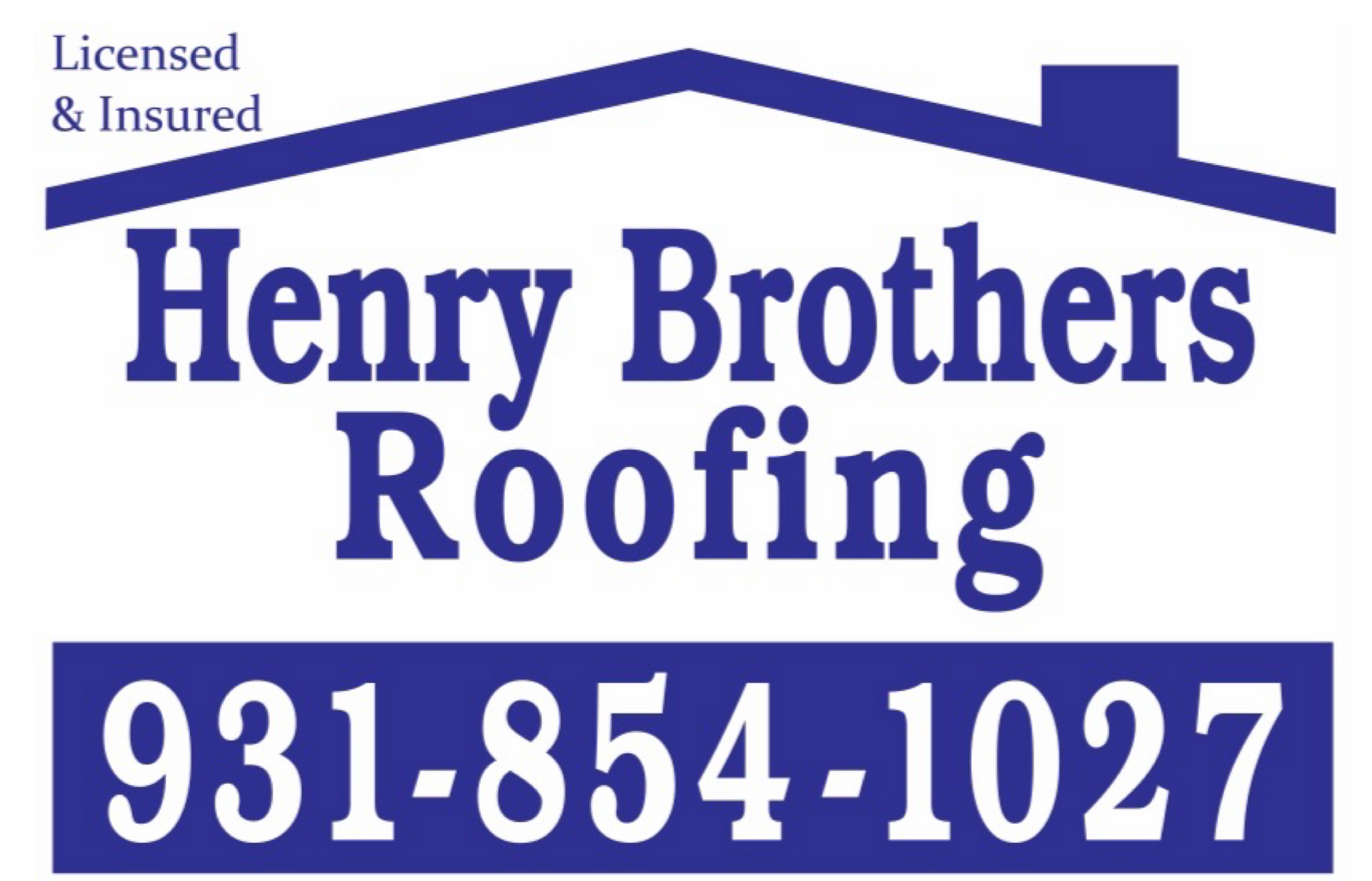Adapting to Climate Change: Resilient Roofing Solutions for the Future
March 18, 2025

Climate change is reshaping how we think about home construction and maintenance. Rising temperatures, stronger storms, and unpredictable weather patterns make it essential to invest in resilient roofing solutions that can withstand environmental challenges.
For homeowners, adapting to climate change means choosing roofing materials and designs that offer durability, energy efficiency, and sustainability. In this guide, we’ll explore the best roofing solutions for climate resilience, helping you protect your home while minimizing environmental impact.
1. Understanding the Impact of Climate Change on Roofing
Extreme weather events are becoming more frequent, and traditional roofing systems may not be equipped to handle these changes. Here’s how climate change is affecting roofs:
🌪 Stronger Storms and Hurricanes
High winds can rip off shingles or entire roofs.
Heavy rainfall leads to roof leaks and structural damage.
☀ Rising Temperatures and Heat Waves
Excessive heat causes roofing materials to crack and degrade faster.
Higher temperatures lead to increased energy costs for cooling.
❄ Heavy Snowfall and Ice Dams
Snow accumulation adds excess weight, leading to collapses or leaks.
Ice dams prevent proper drainage, causing water damage.
🔥 Wildfires and Extreme Heat
Homes in wildfire-prone areas need fire-resistant roofing to prevent destruction.
📌 The Solution? Invest in Climate-Resilient Roofing Technologies.
2. The Best Climate-Resilient Roofing Materials
🏡 Metal Roofing: Durable & Energy Efficient
✅ Withstands high winds (up to 140 mph)
✅ Reflects solar heat, reducing cooling costs
✅ Fire-resistant and long-lasting (50+ years)
✅ Resistant to mold, rot, and insects
Best for: Areas with hurricanes, extreme heat, and wildfires
🌱 Cool Roofs: Energy-Efficient and Sustainable
✅ Reflects more sunlight, keeping homes cooler
✅ Lowers air conditioning costs
✅ Helps reduce urban heat island effect
Best for: Hot and sunny regions
🪵 Wood Shingles (With Fire-Resistant Treatment)
✅ Natural and aesthetic appeal
✅ Provides good insulation
✅ Fire-resistant options available (pressure-treated)
Best for: Areas with mild climates and low wildfire risks
🧱 Clay and Concrete Tiles: Strong Against Heat and Storms
✅ Highly durable (lasts 50+ years)
✅ Resistant to fire, rot, and insects
✅ Maintains a cooler indoor temperature
Best for: Hot and storm-prone areas
♻️ Green Roofs (Living Roofs): Eco-Friendly & Stormwater Control
✅ Absorbs rainwater, reducing flood risks
✅ Acts as a natural insulator, lowering energy costs
✅ Improves air quality
Best for: Urban areas with heavy rainfall and heat waves
🛡 Impact-Resistant Shingles: Protection from Hail & Wind
✅ Designed to withstand hail damage
✅ Resists wind uplift better than traditional shingles
✅ Available in various styles and colors
Best for: Storm-prone and hail-prone regions
3. Roofing Innovations for Climate Resilience
Technology is revolutionizing roofing materials, making homes more resistant to climate challenges.
🌞 Solar Roofing: Harnessing Renewable Energy
Solar shingles or panels provide clean energy while protecting the roof.
Lowers electricity bills and reduces carbon footprint.
Some states offer incentives for solar installation.
🏠 Self-Healing Roofing Materials
Some new roofing materials repair small cracks automatically, extending lifespan.
Smart coatings help protect against UV damage and weathering.
🔍 Advanced Waterproofing & Drainage Systems
New roofing membranes prevent leaks and mold growth.
Smart drainage systems divert water away efficiently.
4. How to Choose the Right Roofing for Your Climate
🔹 Step 1: Identify Your Local Climate Risks
Are you in a hurricane zone? Choose metal or impact-resistant roofing.
Is your area hot and dry? Consider cool roofs or clay tiles.
Do you experience heavy snow? Opt for steep-sloped roofs and reinforced materials.
🔹 Step 2: Prioritize Durability and Sustainability
Long-lasting materials reduce waste and replacement costs.
Eco-friendly options lower energy bills and carbon footprint.
🔹 Step 3: Work with a Climate-Resilient Roofing Contractor
Ensure the contractor understands climate-adaptive materials.
Look for certified professionals with experience in extreme weather-proofing.
5. Cost vs. Long-Term Investment
💰 Is resilient roofing more expensive? Yes, initially.
✅ Is it worth it? Absolutely!
While climate-resistant roofing may cost more upfront, it saves money in the long run by:
Reducing energy bills
Preventing costly repairs from storm or fire damage
Increasing property value
6. Government Incentives and Rebates
Many governments offer tax credits, rebates, and grants for climate-resilient roofing.
🔹 Examples:
Federal Solar Tax Credit for solar panel roofing.
Local utility rebates for cool roofs.
Discounts on home insurance for impact-resistant roofing.
📌 Check with local agencies for available programs.
Henry Brothers Blog

Multi-family buildings pose unique challenges for roofing—requiring durable, efficient, and cost-effective solutions that serve multiple households simultaneously. Selecting the right system and partner can significantly impact long-term maintenance and energy bills. Common Roofing Challenges in Multi-Family Properties Large surface areas Multiple penetrations (vents, HVAC units) Noise and disruption during installation High foot traffic for maintenance Energy efficiency Efficient Roofing Materials TPO (Thermoplastic Polyolefin): Lightweight, reflective, and energy-efficient. Ideal for flat or low-slope roofs. Modified Bitumen: Offers durability and weather resistance. Works well for larger structures. Metal Roofing: Long-lasting and low-maintenance. Higher upfront costs but excellent ROI. Asphalt Shingles: Budget-friendly and easy to repair. Better for pitched multi-family homes. Affordability Strategies Bulk Purchasing Discounts: Roofers often offer lower rates for large-scale projects. Energy Rebates and Tax Credits: Cool roofing materials may qualify for incentives. Roof Coatings: Extend lifespan and defer full replacements. Preventive Maintenance Plans: Regular inspections reduce major repair costs. Partnering with the Right Contractor Choose a roofing contractor experienced in multi-family dwellings. Look for: References from similar projects Warranty offerings Insurance and licensing Clear timelines and communication protocols

Your roof is one of the most defining features of your home’s architecture. A well-designed roof complements the style, era, and character of your house, enhancing both curb appeal and value. Whether you own a modern home, a Victorian masterpiece, or a Mediterranean villa, choosing the right roofing materials and design is essential. This article explores custom roofing solutions for different architectural styles, ensuring your roof is both aesthetic and functional. 1. Why Custom Roofing Matters A one-size-fits-all approach doesn’t work for roofing. Here's why customization is key: 🏡 Preserves Architectural Integrity The roof should match the home's era and design. A poorly chosen roof can clash with the architecture and reduce property value. 💰 Boosts Home Value & Curb Appeal A well-matched roof enhances visual appeal, making your home stand out. Homebuyers prefer houses with roofs that fit the overall design. 🌦 Enhances Durability & Efficiency Custom roofing accounts for climate, slope, and insulation. Choosing the right materials ensures longer roof life and energy efficiency. 2. Best Roofing Materials for Different Architectural Styles 🏗 Modern & Contemporary Homes Modern architecture focuses on clean lines, minimalism, and energy efficiency. Best Roofing Options: ✅ Flat Roofs – Achieve a sleek, contemporary look. ✅ Metal Roofing – Durable and complements modern aesthetics. ✅ Green Roofs – Eco-friendly and visually striking. ✅ Solar Panels – Integrate renewable energy solutions. 🏰 Victorian & Gothic Revival Homes These homes have steep-pitched roofs, turrets, and elaborate detailing. Best Roofing Options: ✅ Slate Tiles – Classic, long-lasting, and historically accurate. ✅ Wood Shingles – Adds charm and natural beauty. ✅ Decorative Metal Accents – Enhances ornate Victorian designs. 🏝 Mediterranean & Spanish-Style Homes Inspired by European coastal homes, these feature stucco walls and curved archways. Best Roofing Options: ✅ Clay or Terracotta Tiles – Traditional, weather-resistant, and elegant. ✅ Concrete Tiles – Durable and available in various textures and colors. ✅ Synthetic Spanish Tiles – Modern, lightweight alternatives with classic appeal. 🌲 Rustic & Cabin-Style Homes These homes emphasize natural materials and a cozy aesthetic. Best Roofing Options: ✅ Wood Shakes – Blends seamlessly with wooded surroundings. ✅ Metal Roofing (Rustic Finish) – Durable with a weathered, natural look. ✅ Green Roofs – Enhances sustainability and insulation. 🏡 Colonial & Traditional Homes These timeless homes focus on symmetry and classic proportions. Best Roofing Options: ✅ Asphalt Shingles – Affordable and available in classic shades. ✅ Slate Roofing – Elegant and historically accurate. ✅ Copper or Metal Accents – Enhances historic charm. 🏛 Mid-Century Modern Homes This style features low-sloped roofs, large windows, and open spaces. Best Roofing Options: ✅ Flat or Low-Slope Roofs – Clean, minimalistic aesthetic. ✅ Rubber or Membrane Roofing – Ideal for low-pitch roofs. ✅ Green or Living Roofs – Complements eco-conscious designs. 🏰 Tudor-Style Homes Tudor homes have steeply pitched gables and decorative half-timbering. Best Roofing Options: ✅ Wood or Synthetic Shake Shingles – Traditional and authentic. ✅ Slate Roofing – Enhances historic charm and durability. ✅ Architectural Asphalt Shingles – Mimics wood or slate at a lower cost. 3. Custom Roofing Features to Consider Beyond materials, adding customized elements can elevate your roof’s design. 🔹 Roof Color & Texture Dark roofs enhance historic and formal homes. Light-colored roofs reflect heat, ideal for warm climates. Textured materials (slate, shakes) add visual depth. 🏠 Roof Shape & Pitch Steep roofs fit Gothic and Victorian styles. Flat or low-sloped roofs match modern homes. Custom pitches enhance energy efficiency and durability. 🔆 Skylights & Roof Windows Adds natural light and enhances ventilation. Works well in modern, contemporary, and rustic homes. 🌞 Solar Roofing & Smart Technology Solar shingles blend seamlessly into modern & eco-friendly homes. Smart roofing systems adjust ventilation & insulation automatically. 4. Custom Roofing: How to Get Started 1️⃣ Consult a Roofing Expert Work with an architect or contractor specializing in custom roofs. Ensure they understand historical accuracy and climate considerations. 2️⃣ Choose High-Quality Materials Invest in durability, energy efficiency, and aesthetics. Select roofing that aligns with your home’s style and longevity needs. 3️⃣ Consider Long-Term Costs & ROI Some materials have higher upfront costs but last longer and increase home value. Energy-efficient options can reduce heating and cooling expenses. 4️⃣ Verify Local Building Codes Some roofing styles require special permits. Ensure compliance with HOA guidelines and historical district regulations.


